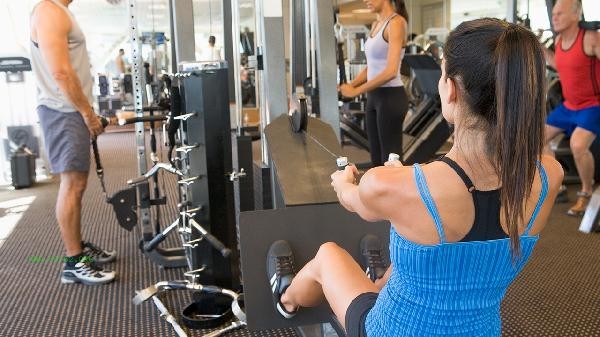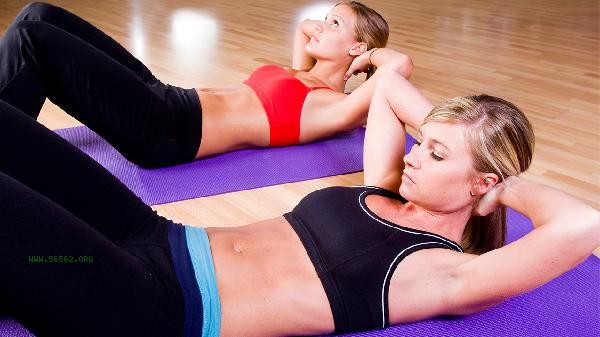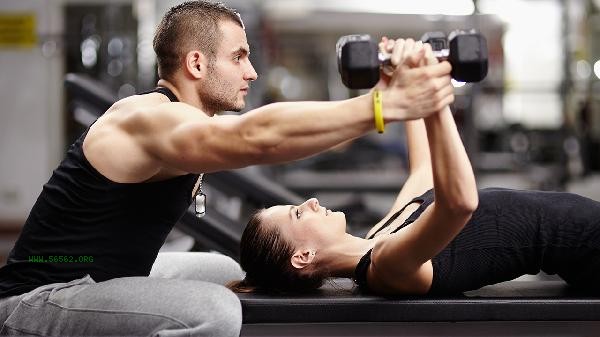Menopausal women are usually suitable for going to the gym, but the intensity of exercise needs to be adjusted according to their personal health condition. The main exercise methods for menopausal women include low-intensity aerobic exercise, resistance training, flexibility training, balance training, group courses, etc.

1. Low intensity aerobic exercise
Low impact aerobic exercises such as brisk walking, swimming, or cycling can help improve cardiovascular function while avoiding joint overload. This type of exercise can promote the secretion of endorphins, alleviate hot flashes and emotional fluctuations. It is recommended to do it 3-5 times a week, with each session lasting 20-40 minutes. Pay attention to monitoring heart rate during exercise and maintain it within the range of 60% -70% of maximum heart rate.
2. Resistance Training
Resistance training such as dumbbells and elastic bands can prevent muscle loss and osteoporosis. The decrease in estrogen levels in menopausal women can lead to a decrease in bone density, and moderate strength training can stimulate osteoblast activity. It is recommended to perform 2-3 whole-body exercises per week, with a focus on strengthening the core muscle group and lower limb major muscle group. Each group should repeat 8-12 movements.
3. Flexibility exercises
Yoga or Pilates can improve joint mobility and relieve stiffness. The elasticity of connective tissue in menopausal women decreases, and regular stretching exercises help maintain body flexibility. During training, excessive twisting of the spine should be avoided. Each static stretch should be maintained for 15-30 seconds, and attention should be paid to coordinating with abdominal breathing.

4. Balance training
Single leg standing or Tai Chi exercises can reduce the risk of falls. Reduced estrogen levels can affect vestibular function, while balance training can enhance proprioception. It is recommended to train for 5-10 minutes every day, using chairs or walls as support, gradually transitioning to unsupervised training.
5. Group courses
Dance, water aerobics and other group activities have social functions. Collective exercise can alleviate loneliness, and the buoyancy of water can reduce joint pressure. When choosing courses, attention should be paid to environmental ventilation, avoiding activities such as high-temperature yoga that may trigger hot flashes, and timely supplementing electrolyte drinks. Menopausal women should pay attention to sufficient warm-up before exercise, wear breathable and sweat absorbing sportswear, and avoid exercising in extreme temperature environments. Adequate intake of calcium and vitamin D should be ensured in diet, and protein should be supplemented promptly after exercise. If symptoms such as abnormal vaginal bleeding, persistent dizziness or chest pain occur, exercise should be stopped immediately and medical attention should be sought. It is recommended to develop personalized plans under the guidance of professional coaches, regularly conduct bone density and body composition testing, and dynamically adjust training plans based on body feedback.





Comments (0)
Leave a Comment
No comments yet
Be the first to share your thoughts!